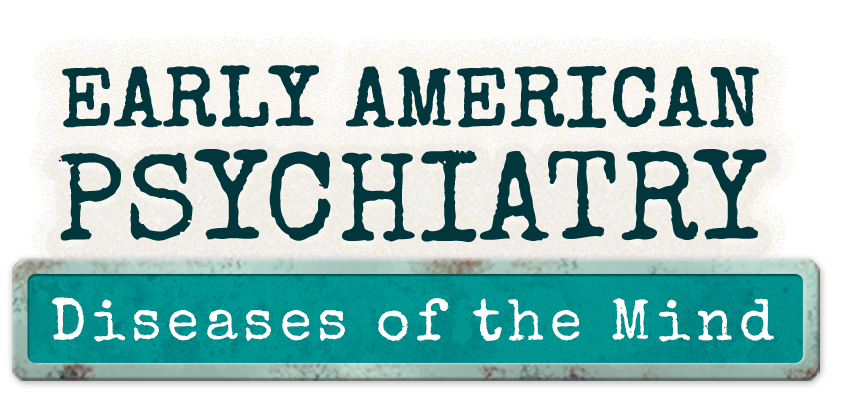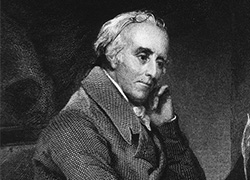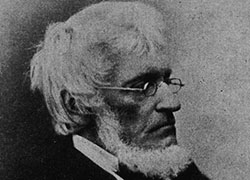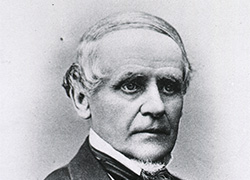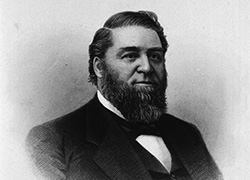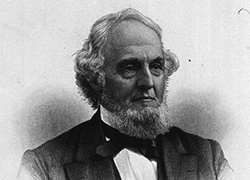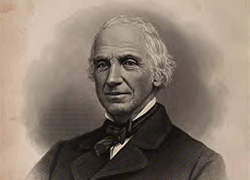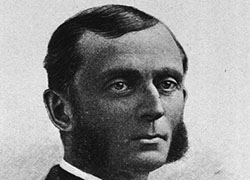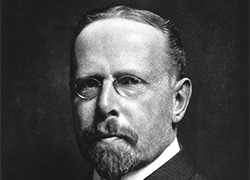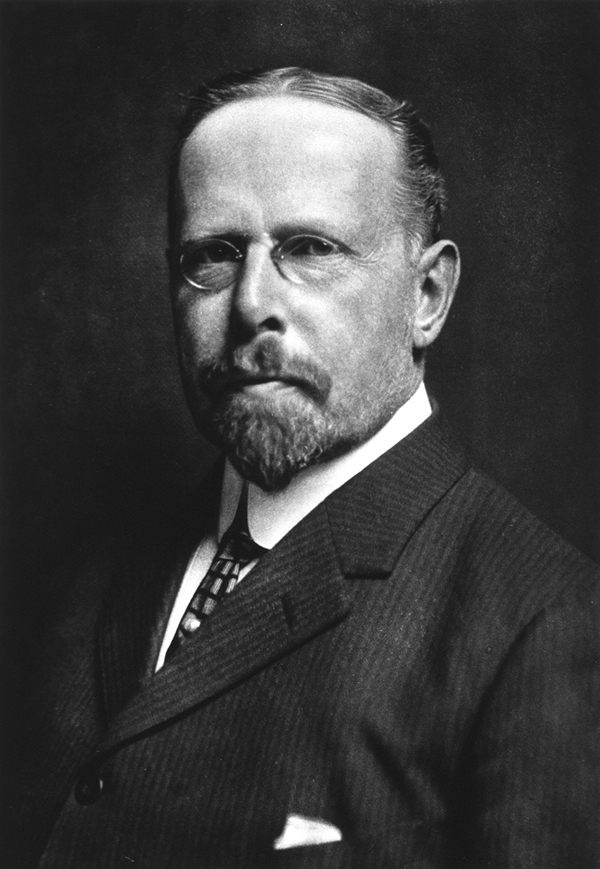Biography: Bernard Sachs
Bernard Sachs, M.D. (1858–1944): Neurologist
Bernard Sachs, called “The Dean of Neurology” at the turn of the century, was the first to describe the clinical picture of "amaurotic family idiocy" (Tay-Sachs disease). He was twice elected to the presidency of the American Neurological Association, at ages 36 and 74. One of his primary goals was to ally psychiatry and neurology.
Sachs was born in New York, attended Harvard and went to the medical school in Strasburg (then part of the German Empire) receiving his medical degree in 1882. He then spent two years studying with Theodor Meynert in Vienna, J. M. Charcot in Paris, and Hughling Jackson in London. On his return to New York, he opened a practice to treat mental and venereal diseases, and he established the first neurological service at a private hospital (Mt. Sinai). He published almost 200 papers and the first American textbook on child psychiatry, A Treatise on the Nervous Diseases of Children (New York, 1895), and later, Nervous and Mental Disorders from Birth to Adolescence (with Louis Hausman; New York, 1926).
Sachs was opposed to psychoanalysis as a treatment method. He had sat with Freud in Meynert’s laboratory and then corresponded with him many years. Sachs said psychoanalysis was illogical, unsubstantiated in science, and possibly dangerous when used with children. His book, The Normal Child (New York, 2nd edition, 1926) contained a long chapter on the “evils of psychoanalysis.”
Sachs was a strong advocate of bringing neurology and psychiatry together into a single “neuro-science,” which he stressed in an invited address at the annual meeting of The Medico-Psychological Association in 1897, “Advances in neurology and their relation to psychiatry” (Proceedings of the American Medico-Psychological Association, 53rd Annual Meeting, Baltimore, May 11-14, 1897).

